Abstract
References
Fig. 2.
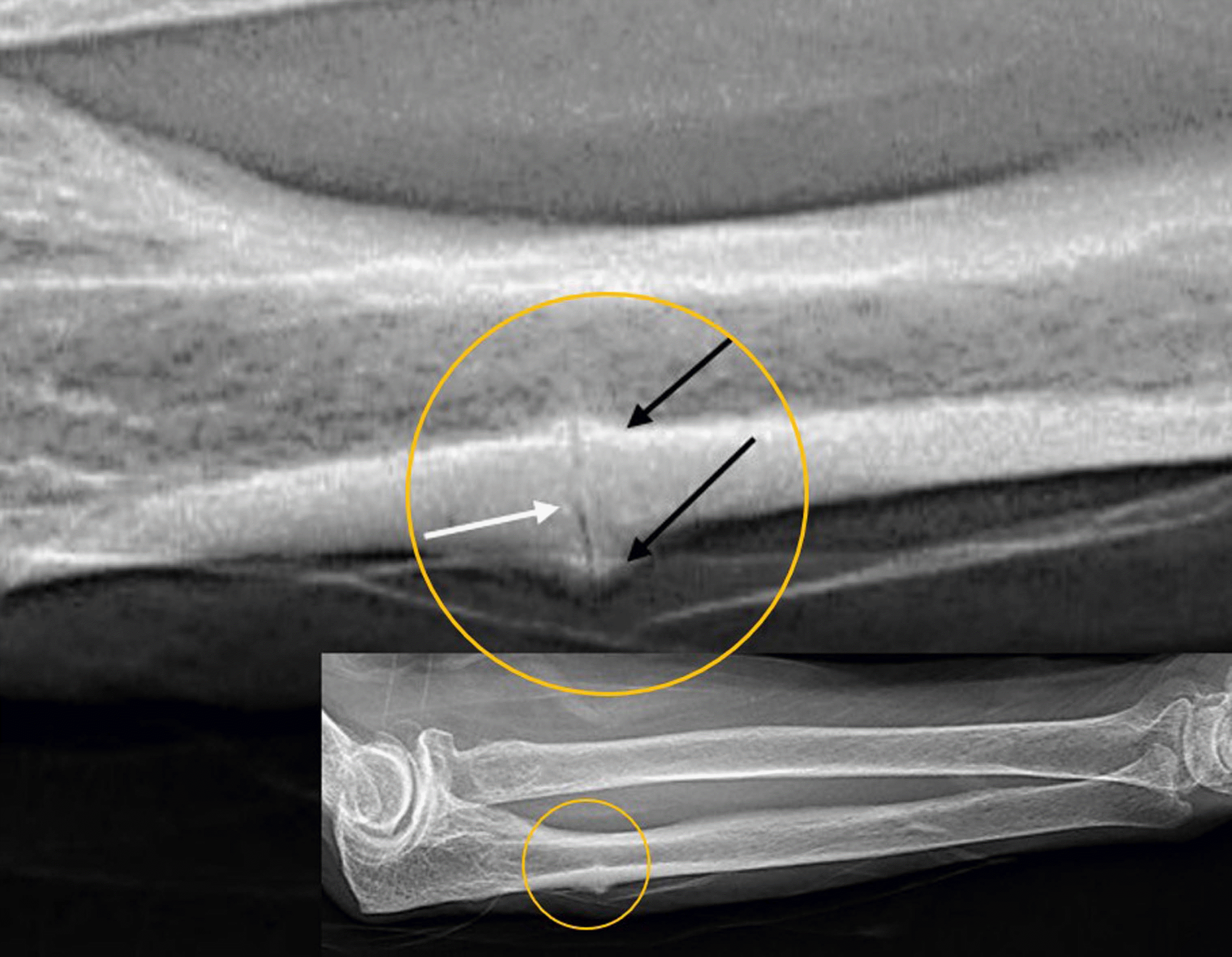
Fig. 3.
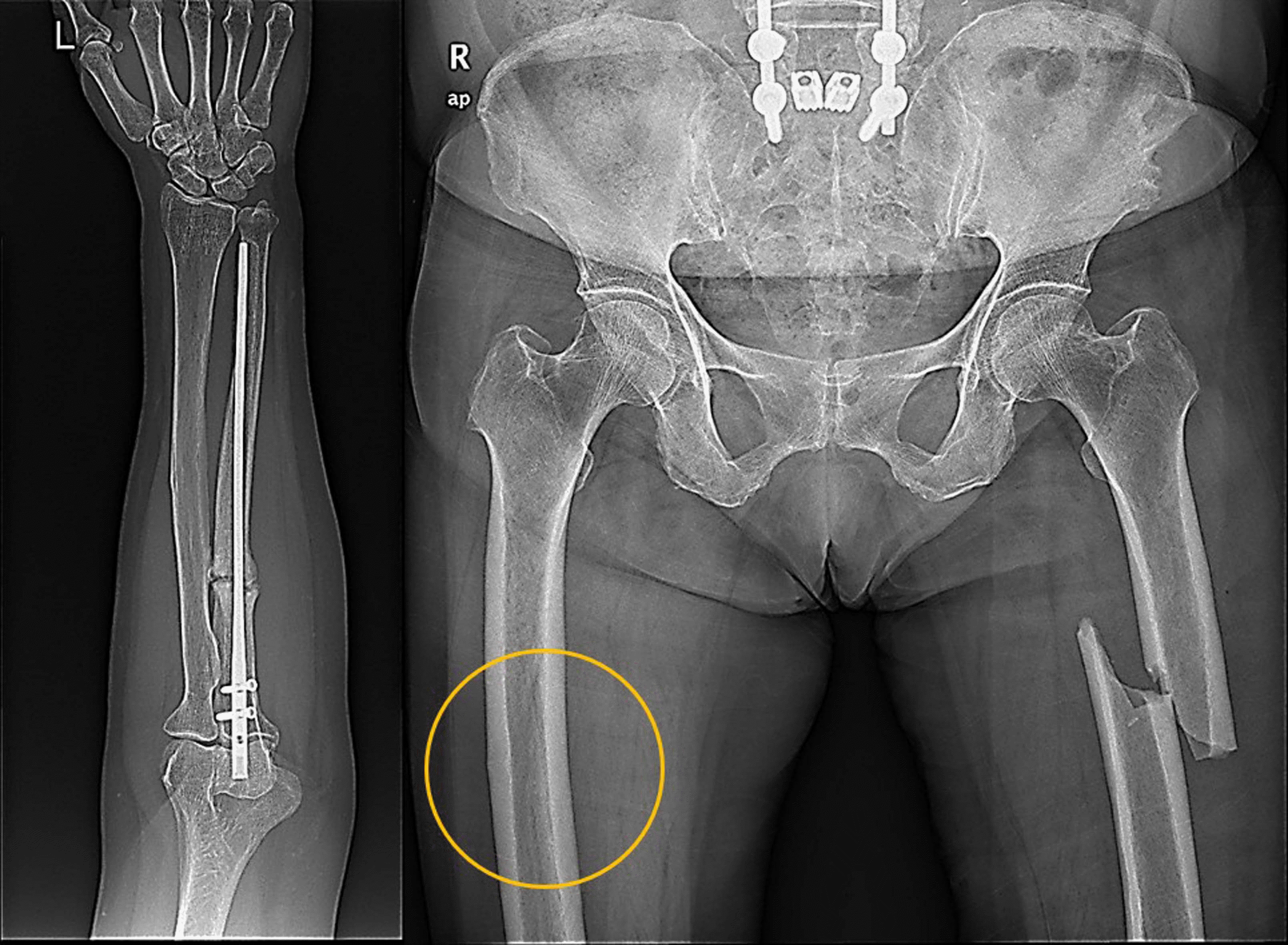
Fig. 4.
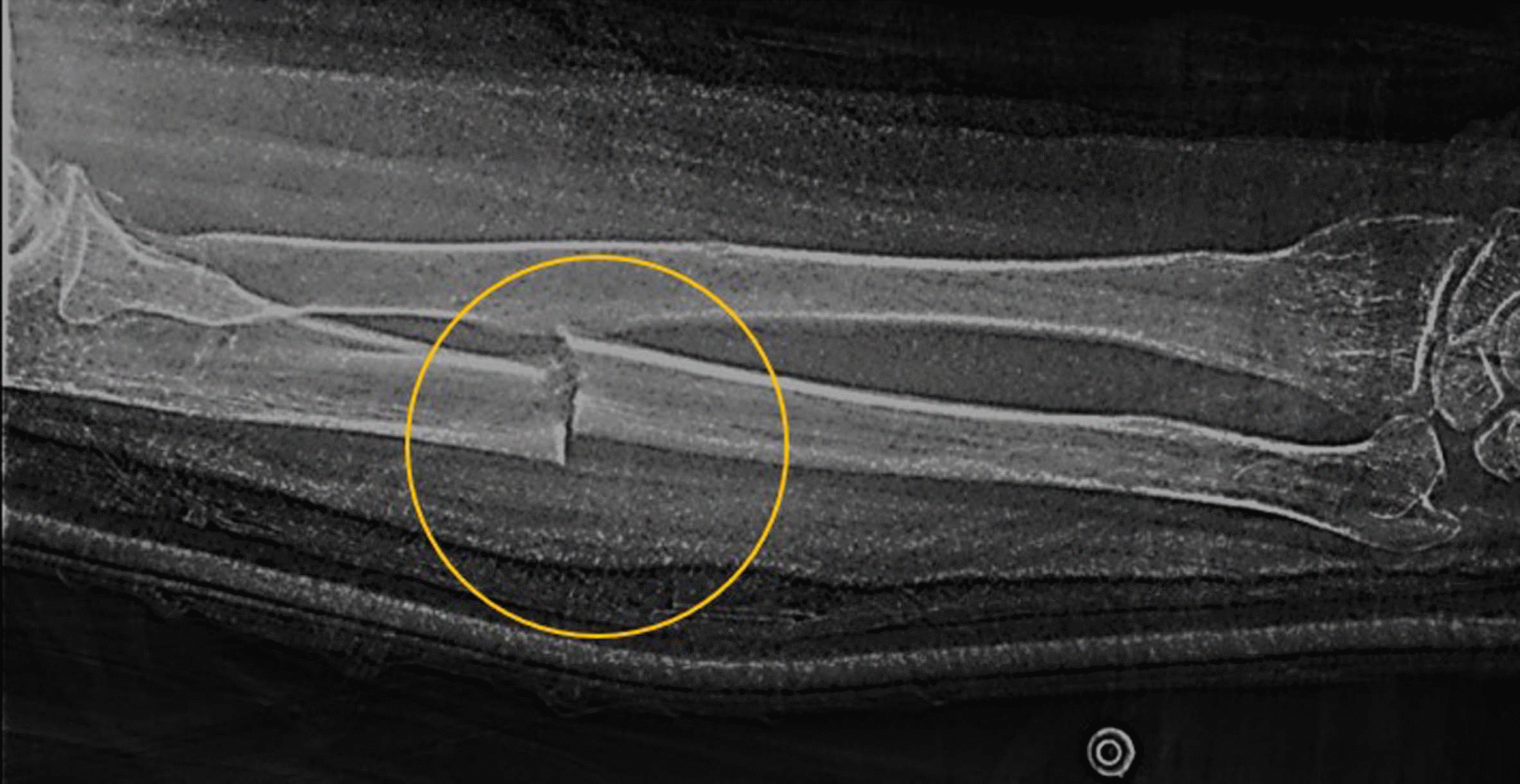
Fig. 6.

Fig. 8.

Fig. 10.
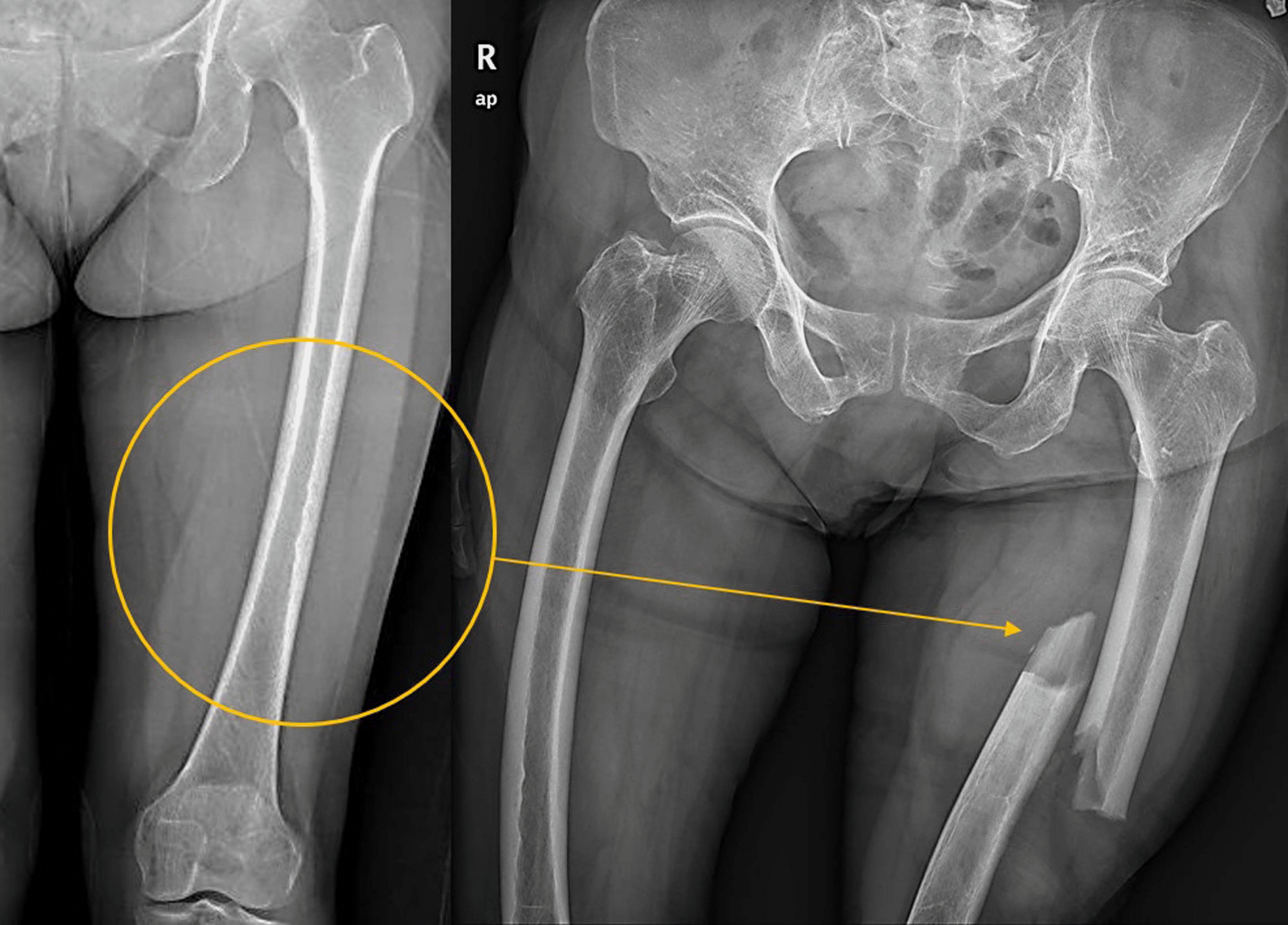
Table 1.
| Case | Modified definition |
|---|---|
| Fracture location | The fractures must be located along the femoral diaphysis from just distal to the lesser trochanter to just proximal to the supracondylar flare. |
| In addition | At least 4 of 5 major features must be present. None of the minor features is required but they have sometimes been associated with these fractures. |
| Major featuresb) | |
| M1 | The fracture is associated with minimal or no trauma, as in a fall from a standing height or less. |
| M2 | The fracture line originates at the lateral cortex and is substantially transverse in its orientation, although it may become oblique as it progresses medially across the femur. |
| M3 | Complete fractures extend through both cortices and may be associated with a medial spike; incomplete fractures involve only the lateral cortex. |
| M4 | The fracture is noncomminuted or minimally comminuted. |
| M5 | Localized periosteal or endosteal thickening of the lateral cortex is present at the fracture site (“beaking” or “flaring”). |
| Minor features | |
| m1 | Generalized increase in cortical thickness of the femoral diaphysis. |
| m2 | Unilateral or bilateral prodromal symptoms such as dull or aching pain in the groin or thigh. |
| m3 | Bilateral incomplete or complete femoral diaphysis fractures. |
| m4 | Delayed fracture healing. |
a) The case definition was revised by the American Society for Bone and Mineral Research task force [12]. The authors gave the number to each major and minor features as M1e5 and m1-4, respectively.
b) Excludes fractures of the femoral neck, intertrochanteric fractures with spiral subtrochanteric extension, periprosthetic fractures, and pathological fractures associated with primary or metastatic bone tumors and miscellaneous bone diseases (eg, Paget disease, fibrous dysplasia).
Reproduced from Shane et al. [12] with permission of Wiley.
Table 2.
a) The authors added m5 as a minor feature because atypical ulnar fractures accompanied by a history of atypical femoral fracture were frequently observed.
Reproduced from Heo et al. [17] with permission of Elsevier.
Table 3.
| Study | Year | Age (yr)/sex (site) | Duration of BP (yr) | Daily activity | Prodromal pain | History of AFFs |
Results |
||
|---|---|---|---|---|---|---|---|---|---|
| Initial treatment | Revision | Union (mo) | |||||||
| Ohta et al. [34], bilateral involve | 2021 | 65/F (left) | 8 | Walking frame | No | NR | Nonsurgical | 1st OP: plating, vascularized-bone graft | Nonunion |
| 2nd OP: plating, R-ACBG | Union (48) | ||||||||
| 66/F (right) | No | Plating | None | Nonunion | |||||
| Yamamoto et al. [24] | 2020 | 88/F (right) | 13 | Walking frame | Yes | AFF (right) | Nonsurgical | Refused | Nonunion |
| Ito et al. [25] | 2019 | 78/F (left) | 10 | No limitation | 6 mo ago | NR | Plating | Plating, R-ACBG | Union (30) |
| Oh et al. [8] | 2018 | 72/F (left) | 7 | No limitation | No | NR | Plating | None | Union (6) |
| Shimada et al. [26], two patients | 2017 | 79/F (right) | 6 | No limitation | 1 mo ago | NR | Plating, R-ACBG | None | Union (12) |
| 89/F (left) | 9 | No limitation | No | NR | Plating, R-ACBG | None | Union (18) | ||
| Yam and Kwek [27], bilateral involve | 2016 | 89/F (left) | 10 | Walking frame | No | AFF (right) | Nonsurgical | Refused | Nonunion |
| 89/F (right) | Nonsurgical | None | Union (12) | ||||||
| Erdem et al. [28] | 2016 | 62/F (right) | 7 | No limitation | No | NR | Nonsurgical | Refused | Nonunion |
| Osada et al. [22] | 2015 | 85/F (left) | 7 | No limitation | 6 mo ago | NR | Plating, R-ACBG | None | Union (6) |
| Chiang et al. [29] | 2014 | 77/F (right) | 9 | Walking cane | 3 mo ago | NR | Plating | Plating, bone graft | NR |
| Ang et al. [30], bilateral involve | 2013 | 84/F (right) | 15 | Walking frame | No | AFF (right) | Nonsurgical | NR | NR |
| 84/F (left) | Nonsurgical | NR | NR | ||||||
| Moon et al. [23] | 2013 | 76/F (left) | 10 | Hemiparesis | 6 wk ago | Both AFF | Plating | None | Union (6) |
| Stathopoulos et al. [31] | 2011 | 76/F (right) | 10 | NR | No | AFF (right) | Plating | None | Union (4) |
| Tang and Kumar [32] | 2011 | 76/F (right) | 7 | Wheelchair | No | AFF (right) | Nonsurgical | Refused | Nonunion |
| Bjørgul and Reigstad [33] | 2011 | 80/F (left) | 14 | Walking crutch | NR | AFF (right) | Nonsurgical | Plating, bone graft | Union (NR) |




 PDF
PDF Citation
Citation Print
Print



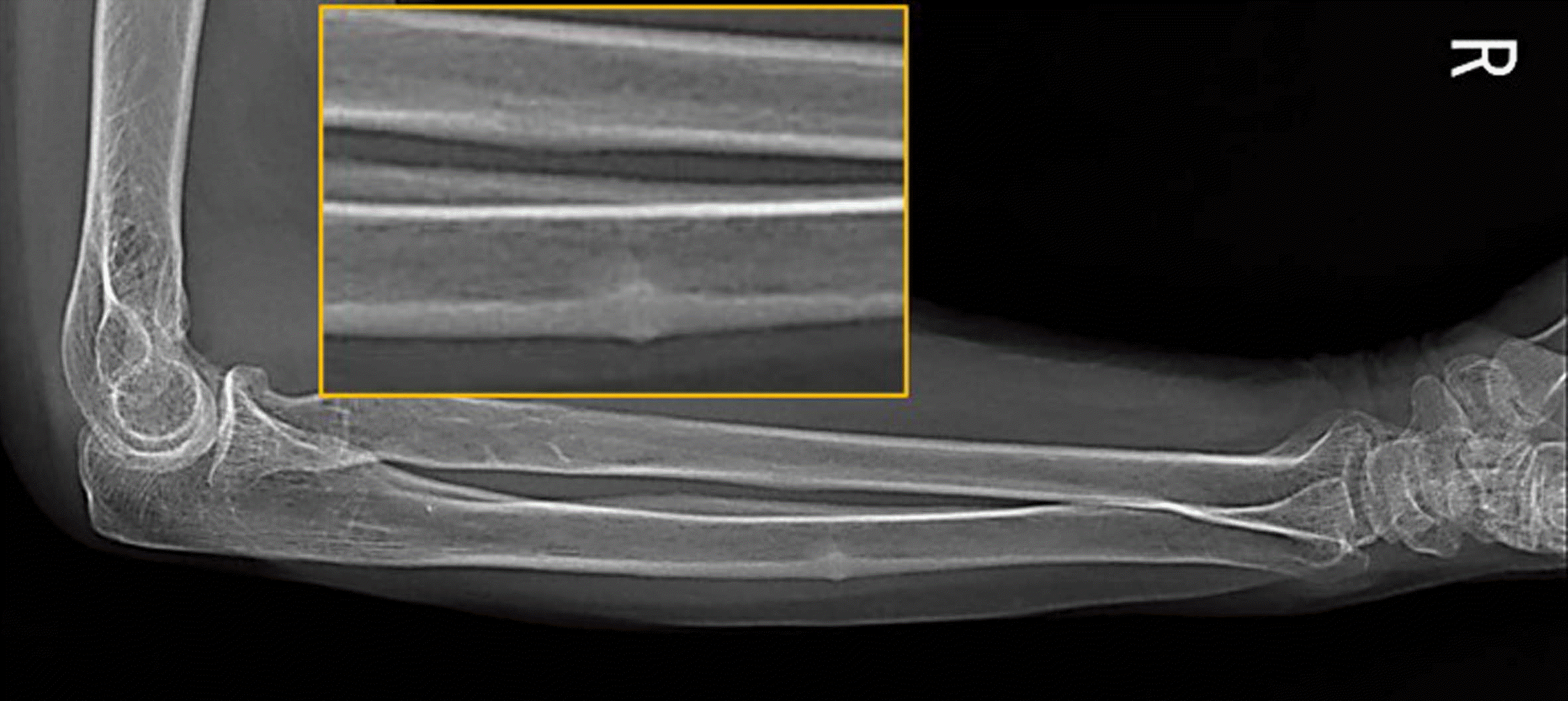
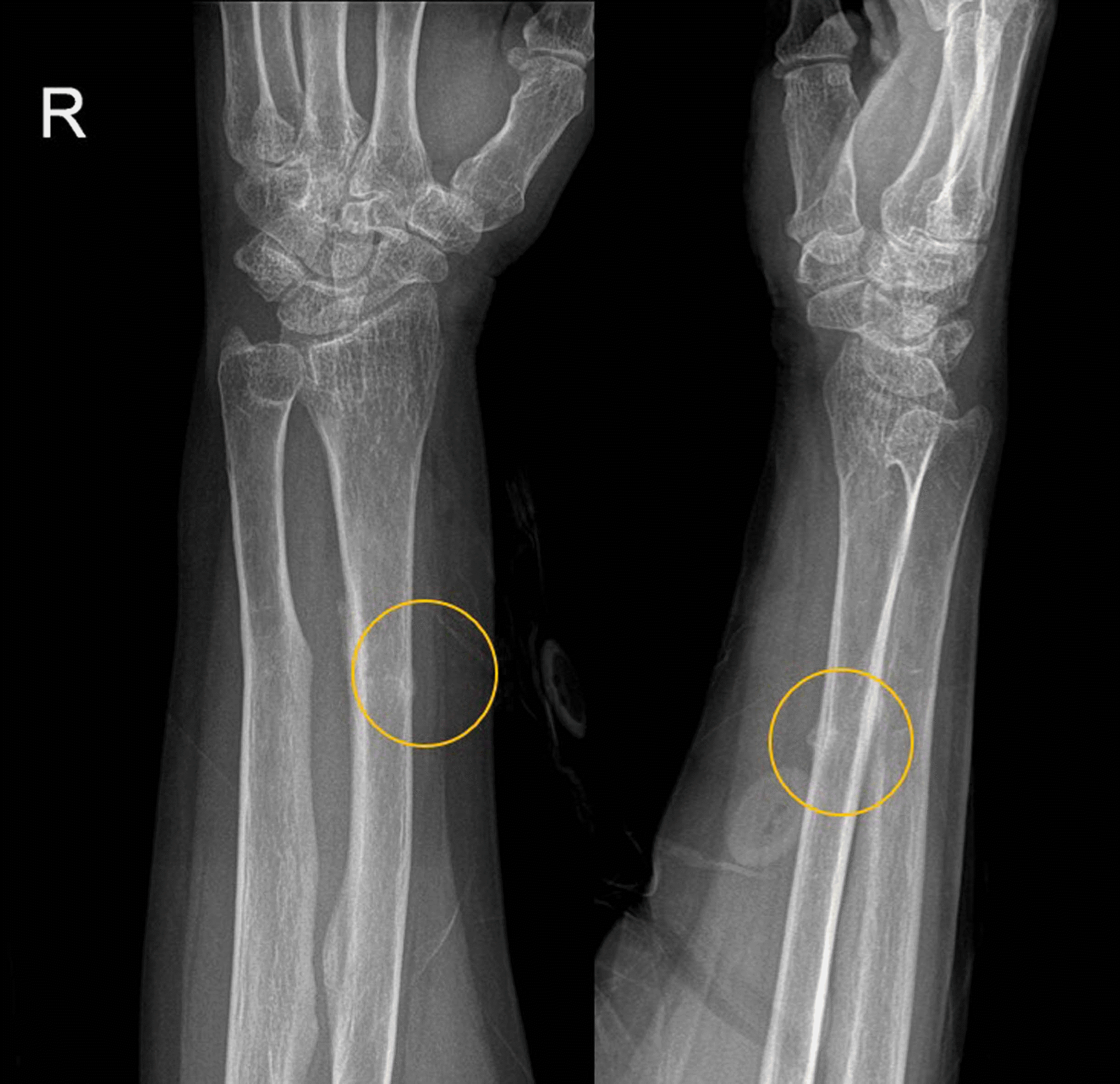
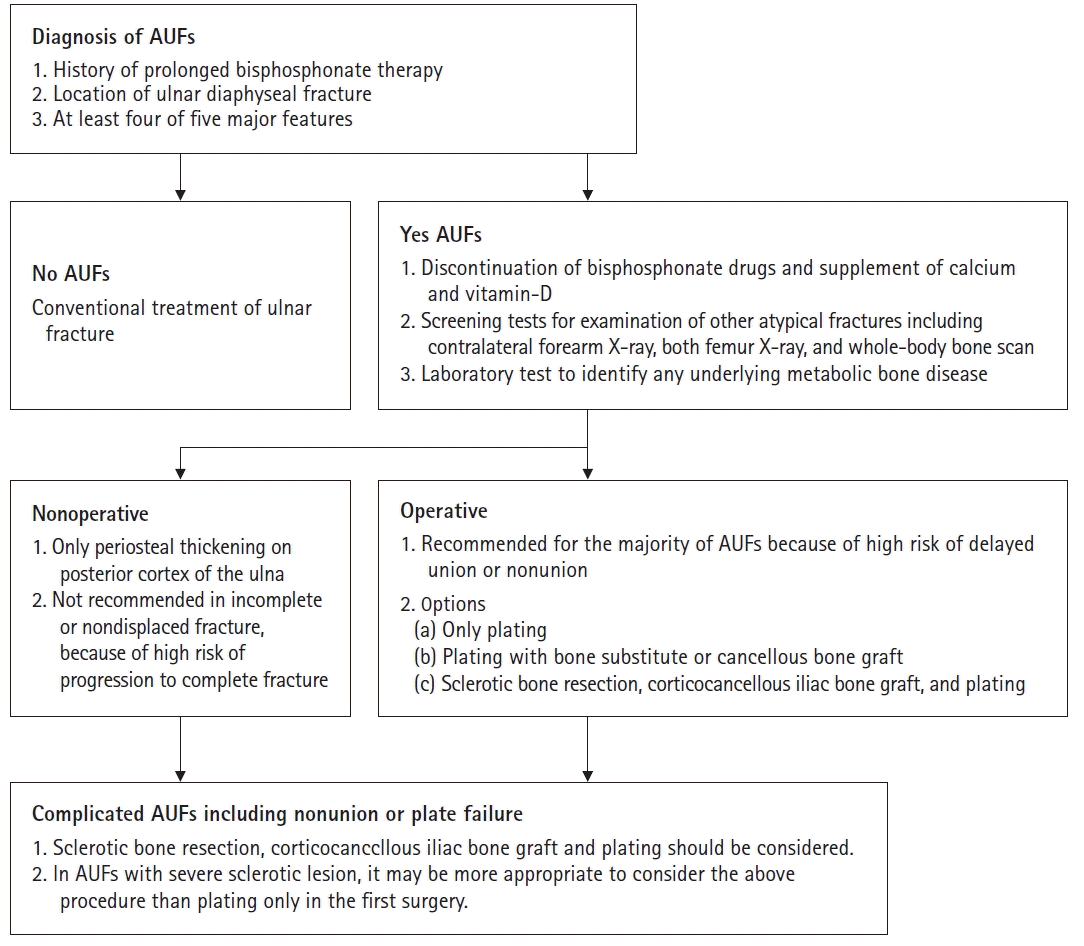
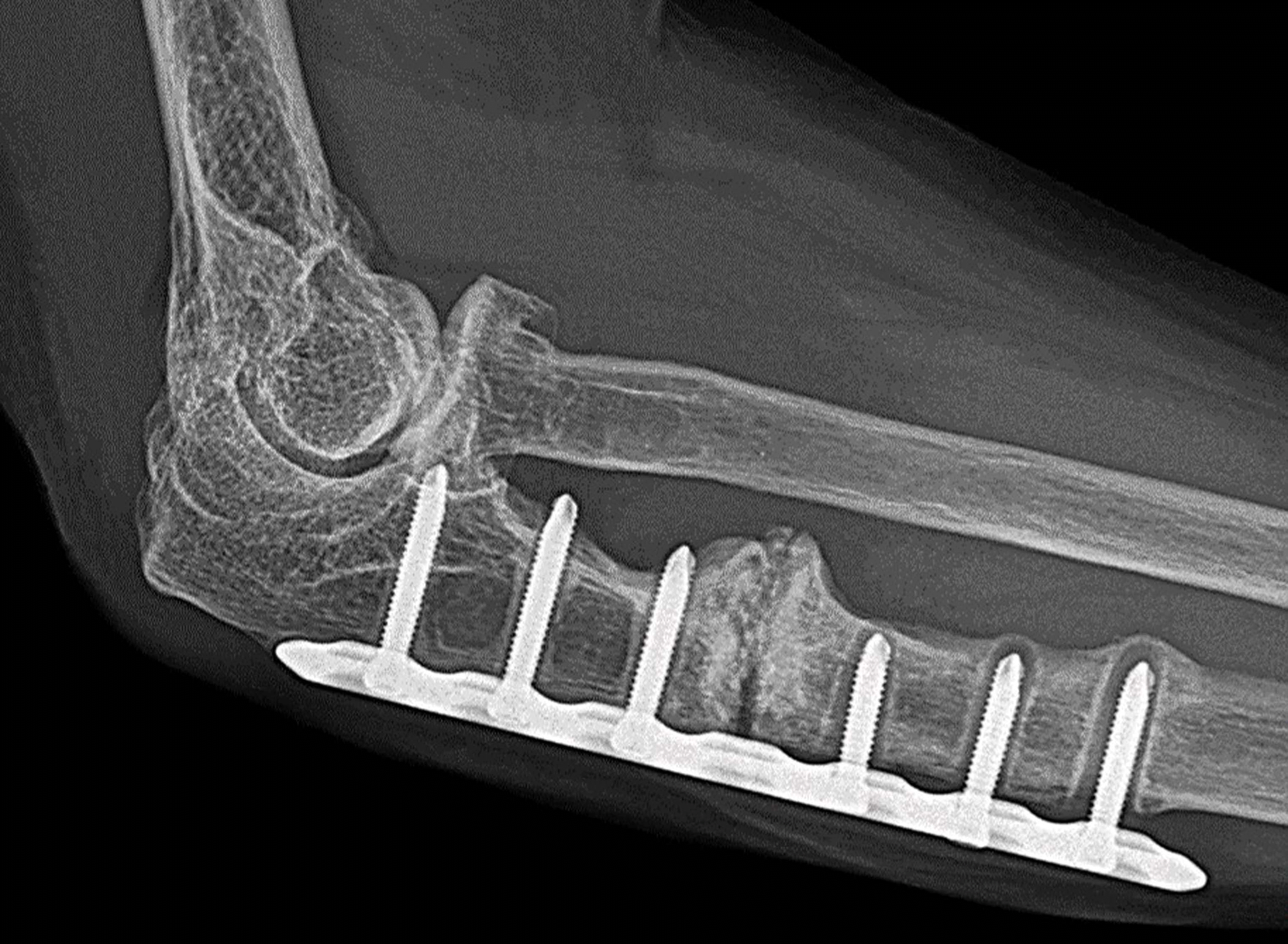
 XML Download
XML Download